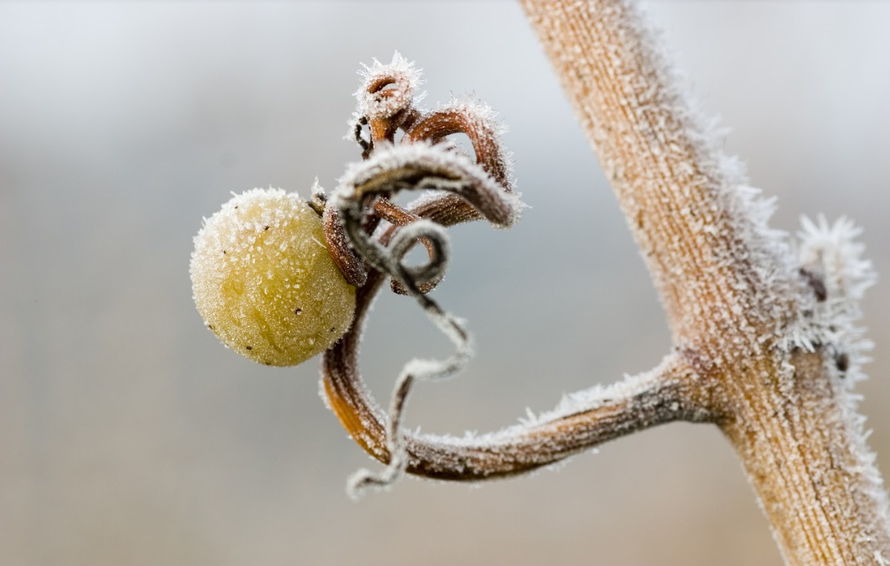With winter just around the corner, we Dutch are preparing for the cold. Scarves, thick socks and skates come out of summer storage. But what does frost mean for winemakers? Text Evelijn van Heuven
As a winemaker, you have to deal with the elements. One of those elements is frost. Logical: the further north the vineyard is located, the greater the risk. But even winemakers whose vineyards are deep inland or at altitude must be prepared for sub-zero temperatures. What should they be wary of and what can they do? Over the centuries, winemakers have come up with all kinds of solutions to prevent or at least limit damage.
BLOOD, SWEAT AND TEARS
Actually, you could say that vitis vinifera - our widely loved wine-making grape - is a miracle of adaptation. After all, this ancient plant originated in the warm Middle East. Nor was it its own choice to travel to northern European land climates or Argentinean plateaus. It was our ancestors who brought the grape here because they could not imagine life without wine. So it is surely a miracle that the grape is hardened enough to withstand serious frost. In winter, it doesn't do much. It has to get really cold before the grape freezes to death. You're talking about colder than minus twenty degrees Celsius. No, the wine grower is more concerned about temperatures below zero in spring or autumn. For us Dutch, it can already have a violent effect on the flowers in our garden. If it is already difficult to prevent frost in a few dozen square metres of garden, how do you deal with several tens or even hundreds of thousands of square metres of vineyard? With blood, sweat and tears on the one hand and inventiveness on the other, is the answer.
Read the whole article in WINELIFE #55. Buy it in shop or order it here.
Don't want to miss a single edition? Subscribe then subscribe to Winelife magazine now!




